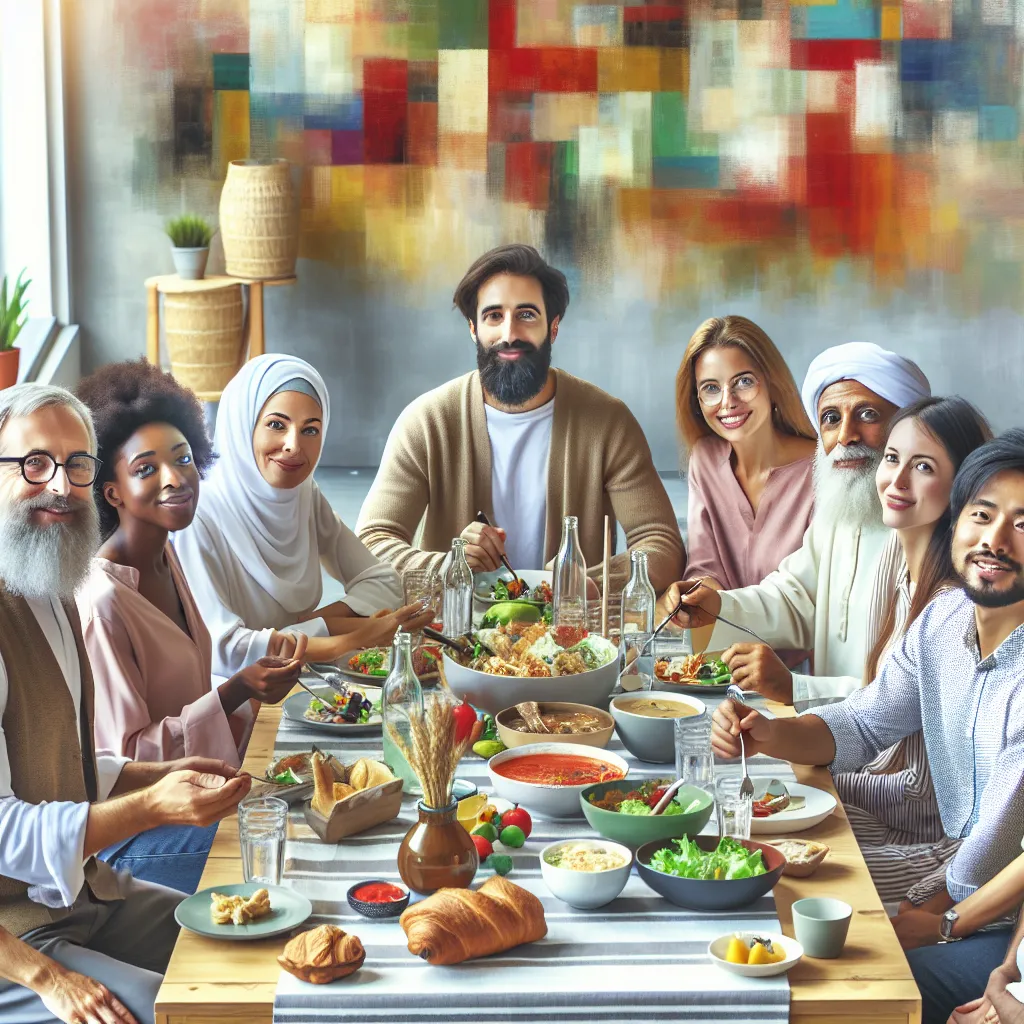Traditional Rituals and Their Significance in Different Cultures
Traditional rituals play a crucial role in shaping and preserving the cultural identity of different societies around the world. These rituals are deeply rooted in history, belief systems, and values, and they offer an insightful glimpse into the rich tapestry of human culture and tradition. From elaborate ceremonies to simple daily practices, traditional rituals vary widely across different cultures, yet they share a common purpose of connecting individuals to their heritage and community.
In many cultures, traditional rituals hold profound significance, often serving as a means of expressing gratitude, seeking blessings, or marking significant milestones in life. For example, the Japanese tea ceremony, known as “chanoyu,” is a meticulously choreographed ritual that embodies harmony, respect, purity, and tranquility. It is not merely a way of preparing and drinking tea but a spiritual practice deeply rooted in Zen Buddhism, reflecting the core principles of Japanese aesthetics and hospitality.
Similarly, the Diwali festival in India is celebrated with various traditional rituals that symbolize the victory of light over darkness and the triumph of good over evil. The lighting of oil lamps, known as “diyas,” and the bursting of firecrackers are integral parts of the festivities, signifying the spiritual journey of individuals towards enlightenment and the renewal of life.
Traditional rituals also play a crucial role in preserving indigenous knowledge and wisdom, often passing down ancient customs and practices from one generation to the next. For instance, among the Maasai people of East Africa, the “Adumu” or “jumping dance” is a traditional ritual performed by young warriors, symbolizing strength, courage, and unity within the community. Through this dance, the Maasai celebrate their cultural heritage and reaffirm their collective identity.
Exploring traditional rituals from diverse cultures offers a profound insight into the values, beliefs, and customs that have shaped human societies for centuries. These rituals serve as a testament to the enduring power of tradition in an ever-changing world, illustrating the depth and beauty of cultural diversity.
The Impact of Cross-Cultural Exchange on Ritual Practices
Exploring Cultural Diversity Through Rituals Around the World allows us to appreciate the profound impact of cross-cultural exchange on ritual practices. As various cultures interconnect and interact, their unique rituals often undergo a process of evolution. This exchange can lead to the incorporation of new elements, the adaptation of existing traditions, or the emergence of entirely novel rituals.
One of the most significant impacts of cross-cultural exchange on ritual practices is the way it fosters greater understanding and tolerance among different communities. As people engage with rituals from other cultures, they gain insights into the values, beliefs, and perspectives of those communities. This exposure can promote empathy and respect, ultimately contributing to more harmonious intercultural relations.
Furthermore, the exchange of ritual practices can result in the revitalization and preservation of traditions. When rituals are shared across cultures, they may gain new relevance and meaning, breathing new life into age-old practices. This revitalization not only helps to safeguard cultural heritage but also creates opportunities for intercultural collaboration and creativity.
Additionally, cross-cultural exchange can lead to the adaptation of rituals to suit contemporary contexts. As societies evolve, so too do their ritual practices. Through interaction with other cultures, rituals may undergo modifications to remain relevant and meaningful in a changing world. This process of adaptation showcases the dynamic nature of rituals and their ability to endure and thrive amidst cultural diversity.
In conclusion, the impact of cross-cultural exchange on ritual practices is profound and multifaceted. It promotes understanding, preserves traditions, fosters adaptation, and celebrates the dynamic nature of human cultural expression. By exploring the evolving tapestry of rituals around the world, we embrace the richness of global cultural diversity and recognize the transformative power of intercultural interaction.



